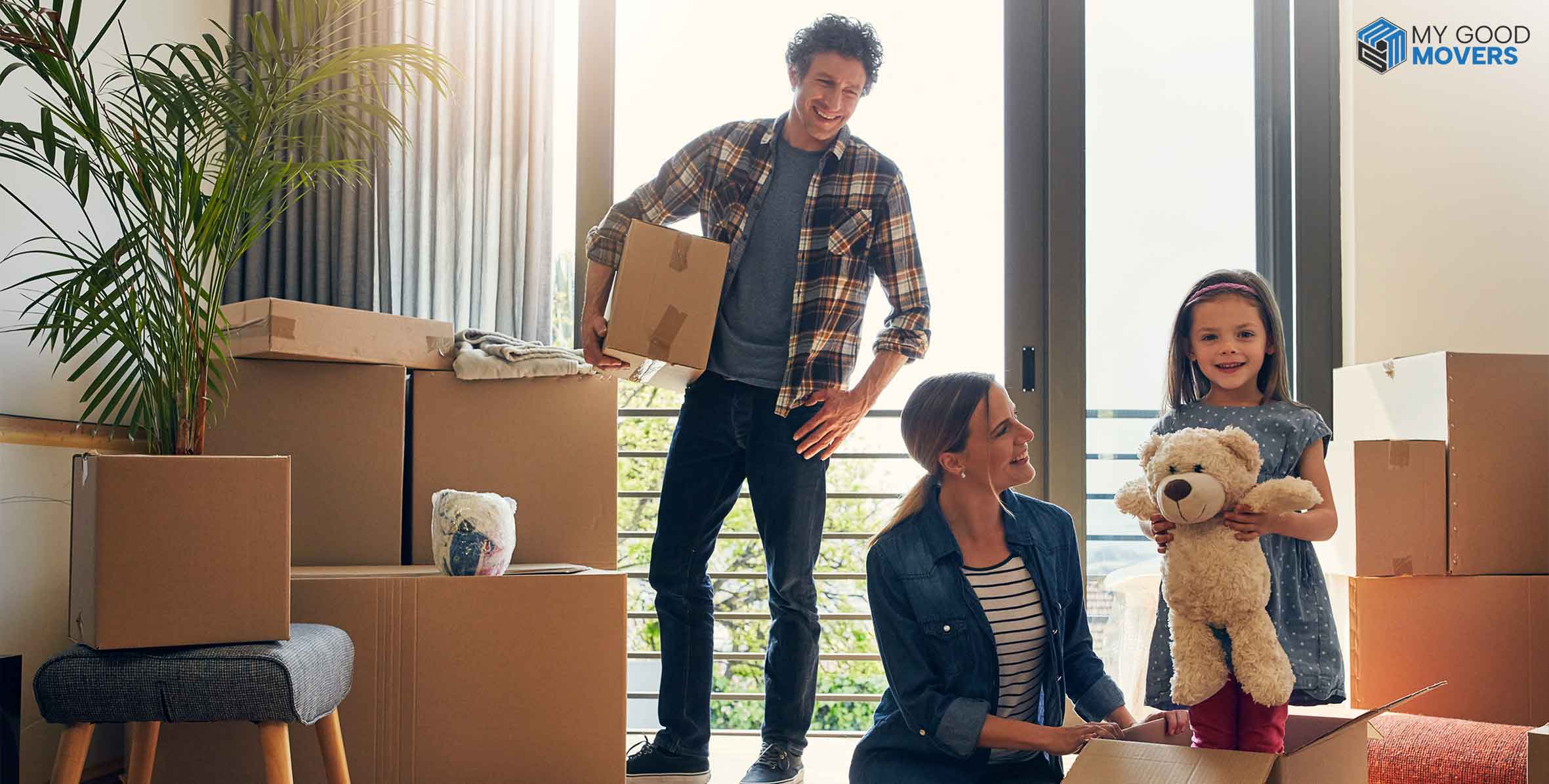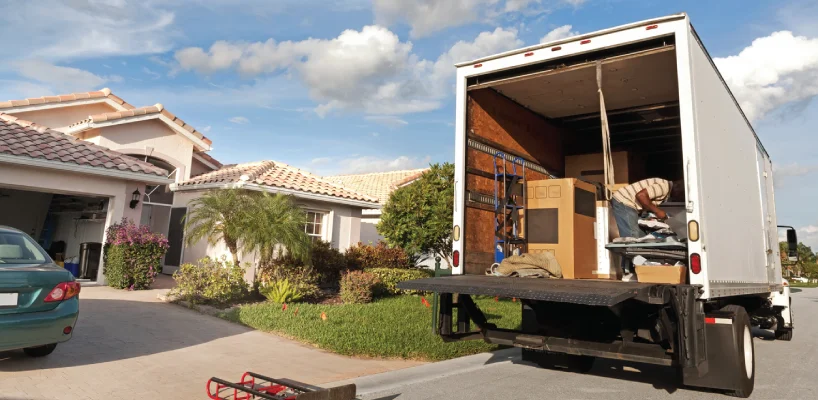Change is hard at first, messy in the middle, and gorgeous at the end.
This saying is true when we are talking about moving with kids.
Moving is a major life event, one that can feel as unsettling for children as it does for adults.
As parents, you might already know this, but what you might not know is just how much a move can impact a child’s sense of stability and emotional well-being.
Research shows that children moving frequently or long distances can experience heightened levels of anxiety and stress.
38% of parents reported that their children faced challenges in adjusting after a move
The American Journal of Public Health has even noted that moving to a new neighborhood can lead to short-term behavioral changes in children.
Kids often develop familiarity, so uprooting them from their known surroundings and routines can disrupt their sense of safety and stability.
For younger children, this might mean heightened separation anxiety or difficulty adapting to new friends, teachers, and environments.
For teens, the anxiety often stems from the sudden loss of their social circles and routines, which can feel deeply unsettling.
But with the right approach, you can help your child handle this transition smoothly.
This guide holds some real-life tips and practical strategies to ease your child’s move anxiety.
Moving Anxiety in Children
Children experience a range of emotions when moving, from excitement and curiosity to fear, sadness, and sometimes anger.
Studies show that children may struggle with "moving grief," the sadness associated with leaving behind friends and familiar places.
Younger children, in particular, may experience sensory overload due to the changes in their environment, which can heighten stress levels.
Early Conversations: Talking to Kids About Moving
The earlier you discuss the move with your child, the better.
Being open about the reasons for moving, what they can expect, and answering any questions honestly can reduce anxiety.
Minor explanations for young children with visuals showing pictures of the neighborhood or house could make it less intimidating.
Your kids may get excited with some details about the new school and places to hang out in their spare time if they are older.
Involve Them in the Process
Allow your child to be involved in the planning and preparation.
It might be as simple as assisting with packing, letting them select colors for a new room or even scoping out some parks/activities in the area.
Smaller responsibilities like allowing them to package a few of their cherished toys or creating a “go-bag” of essentials to keep with them can give them a sense of control.
Manage the Move with Toddlers and Younger Children
For toddlers, keep explanations brief and reassuring.
Books and stories about moving can help them understand the process.
Packing their room last or keeping some familiar items on hand helps maintain a sense of continuity. It reduces the shock of a new environment.
By bringing favorite toys or blankets can also comfort younger kids during the move.
Moving with toddlers stress-free is all about consistency; try to establish routines as quickly as possible once you arrive.
Set up your child’s bedroom first. It will allow them to feel at home amidst the chaos of unpacking.
For School-Age Kids and Teens
Older children and teens often face the anxiety of leaving friends and starting over in a new social setting.
One way to ease this transition is by visiting their new school beforehand.
Schedule a tour or meet-and-greet with teachers or counselors to familiarize them with the new environment.
Activities like scouting out nearby parks or signing up for extracurriculars can help them settle in and meet peers with shared interests.
Helping kids adjust to a new home also includes keeping in touch with old friends.
Social media and messaging apps can be helpful tools for maintaining connections, which helps ease the initial isolation.
Establish Routines Quickly
As one study noted, routines provide a sense of security for children.
Moving often disrupts these routines, and re-establishing them as soon as possible can make a huge difference.
Try to keep these constants steady from meal times to bedtimes so your child feels grounded.
The Child Mind Institute emphasizes the importance of routines, especially for younger children who rely heavily on structure to process change.
Create a ‘Goodbye Ritual’
Allowing children to say goodbye to friends, favorite places, and even specific rooms in the house can give them closure.
A “farewell tour” of parks, schools, and favorite spots in your neighborhood can be a therapeutic experience.
Take photos, arrange a small gathering, or encourage them to write down or draw their favorite memories.
Explore the New Environment
Once in the new area, take the time to explore as a family.
It doesn't matter if you're finding the nearest library or a local ice cream shop; discovering fun spots can ease the move and make it exciting.
Walking through the new neighborhood can help children feel that this new location isn’t just temporary; it’s home.
Model Positivity and Acknowledge Emotions
Children are sensitive to their parents’ emotions.
Displaying a positive outlook about the move and acknowledging the upsides (like a bigger yard or a new room) can have a powerful impact.
At the same time, validate their feelings of sadness, frustration, or fear.
Let them know it’s okay to feel this way and discuss these feelings openly; it will give them the emotional tools to handle the transition.
Create an Adjustment Period After the Move
Adjusting doesn’t happen overnight.
Help your child build connections by enrolling them in local clubs or sports teams.
It can be a great way for them to meet friends.
Also, set up a regular check-in with teachers to monitor how they are adjusting at school.
Moving Tips by Age Group
| Age Group | Strategies |
|---|---|
| Toddlers | Keep explanations simple, bring familiar toys, and set up their room first |
| Preschoolers | Use stories to explain the move, involve them in packing, and establish routines quickly. |
| School-Age Kids | Give them tasks, tour the new school, encourage old and new friendships |
| Teens | Allow for social connections (online and offline), acknowledge their need for independence, and remain open to conversations about the move. |













































































































































 (239) 799–6077
(239) 799–6077